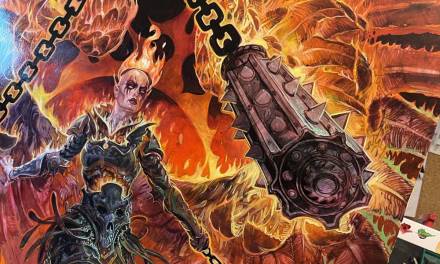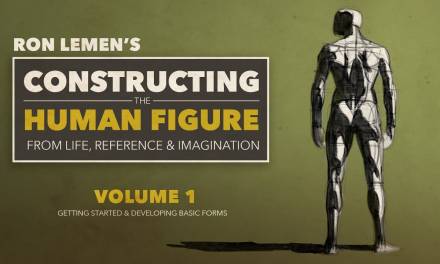For as long as I can remember my love of classical art has gone hand in hand with a love of classical music. Understanding of one seems to heighten the understanding and appreciation of the other. Both art forms hold many of the same characteristics: form, color, texture, composition and not least of all, virtuosic craftsmanship. So in this installment of Artist of the Month I’m going to highlight two artists, from two different fields of art, separated by centuries, one inspired by the other.
The inspiration begins with three paintings of Sandro Botticelli (1445-1510). The three paintings are “Primavera (Spring)” (1482), “The Adoration of the Magi” (1500), and “The Birth of Venus” (1485)
Botticelli was an early renaissance painter of the italian school, and although the majority of the subjects he painted during his lifetime were of Catholic stories, the newly discovered classical mythologies of the ancients were entering into the artist’s vocabulary along with the mathematics and architecture of the age. But what do these three paintings have in common? Birth. The Birth of Venus emerging from her shell, and Primavera, the embodiment of Spring reveling in the awakening of nature, flanking in the middle the image of the new born Christ celebrated by a host of onlookers, including a self portrait of Botticelli himself. Being that this is Easter and Spring I thought that his was the perfect opportunity to highlight these works. The spiritual adoration of Botticelli’s work combined with the ancient celebrations combined these many faiths with Botticelli’s rhapsodic compositions and joyous colors.
Almost 500 years after Botticelli paints these images composer Ottorino Respighi (1879-1936) creates the Botticelli Triptych or Trittico Botticelliano inspired by the three paintings in 1927. The emotion of joy and celebration in Respighi’s work truly captures the mood of the renaissance images. I hope that watching and listening to these works together will heighten your appreciation for both artists and help illustrate how similar the two art forms truly are.






Excellent post, William! I was also thinking of writing a post in which I intended to point out the connection between the visual arts and the classical music and why I think I became a better artist by listening to the classical music, especially J.S. Bach. But because you already posted your version of the topic I don’t think it is necessary to write another one about the same subject.
Well done!
Actually Petar, myself and probably quite a few others, would be very interested in a post by you about why you think you became a better artist by listening to classical musical, especially J. S. Bach. Personally I never listened to it until I turned 40, and now it's about 85% of what I listen to.
I have also thought a lot about the link between music and art, but more in terms of comic/commercial art. For example, the similarities between line weights, rendering techniques, combination of media, realism or distortion, etc. and the tone of the instruments, the little technical trills and emphasis, the combination of instruments, the beat, bending of notes, etc. to convey unique emotions and sensations.
I like to pair up artists and musicians that I feel are expressing similar ideas, emotions and sensations. For example, I think that Queen and Richard Corben are similar in that their works are over the top, dramatic, lush, distorted for emphasis, rich in tone and color, etc. The more classically oriented Golden and Silver Age artists (Frazetta, Wood, Williamson, Raymond, Foster, etc.) are not exactly classical music, because they are for popular consumption and very dramatic, because of the “non classical” media they use, etc. But they might be comparable to classic rock, those bands or individuals that are excellent technical musicians and play a “classical” style of popular music. Many of the newer artists who are drawing in a deliberately distorted style, with very over saturated colors, etc. to convey powerful, often negative emotions, might be analogous to heavy metal.
Anyway, you get the idea, even if the technical analysis presented here is very superficial.
Thank you Petar, for me the interconnection between music and painting has always been strong. I've never been moved to tears by painting, but I have with music.
excellent!
I hope you do write a bog on the subject. I'd love to hear your thoughts.
Although I started to buy records of classical music when I was an art student, it was not before I turned 40 (just as you, Ces) that I started to listen to this music on a regular (daily) basis. Classical music did not only give me the enormous pleasure and enriched my life, it also changed me in a way, and with it my work changed as well…
Well, William and Ces, I might write a little post about this topic after all. I just need more time and space in my head in order to do it properly
🙂